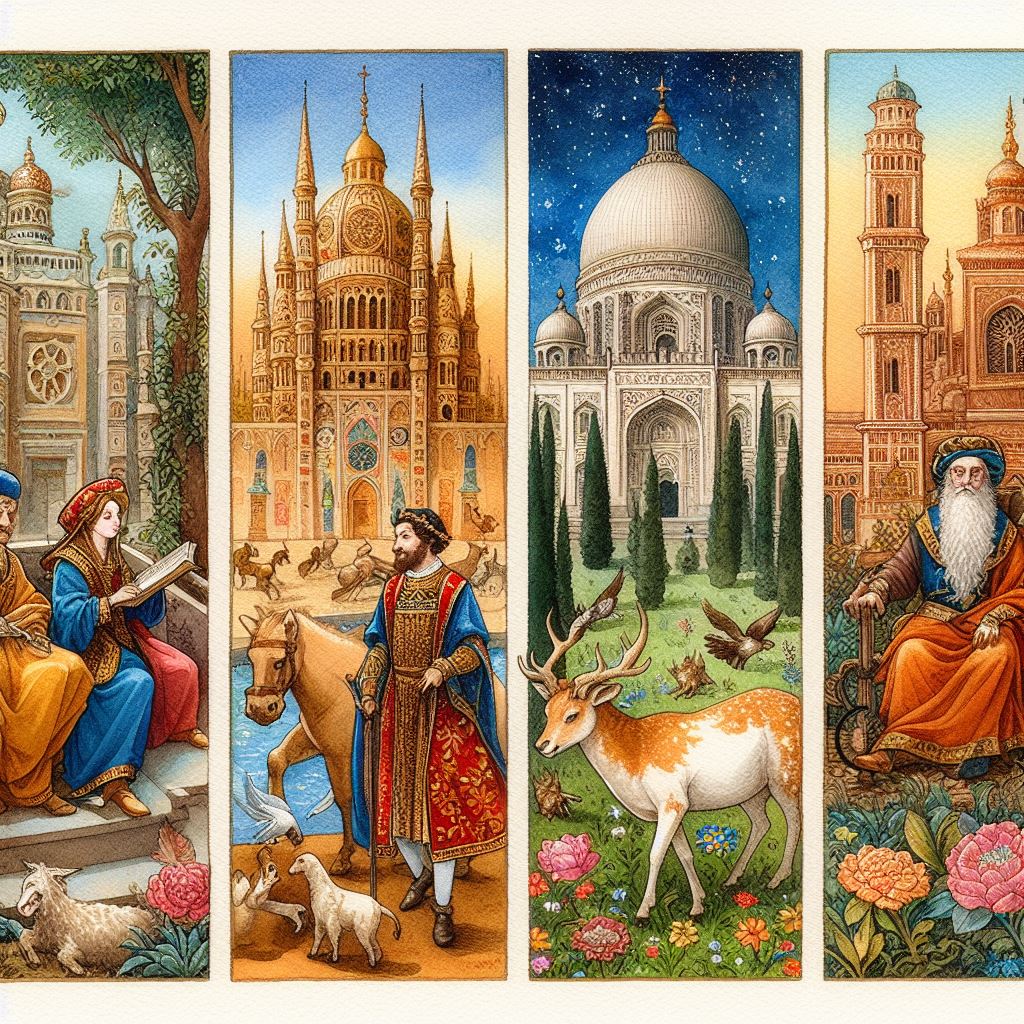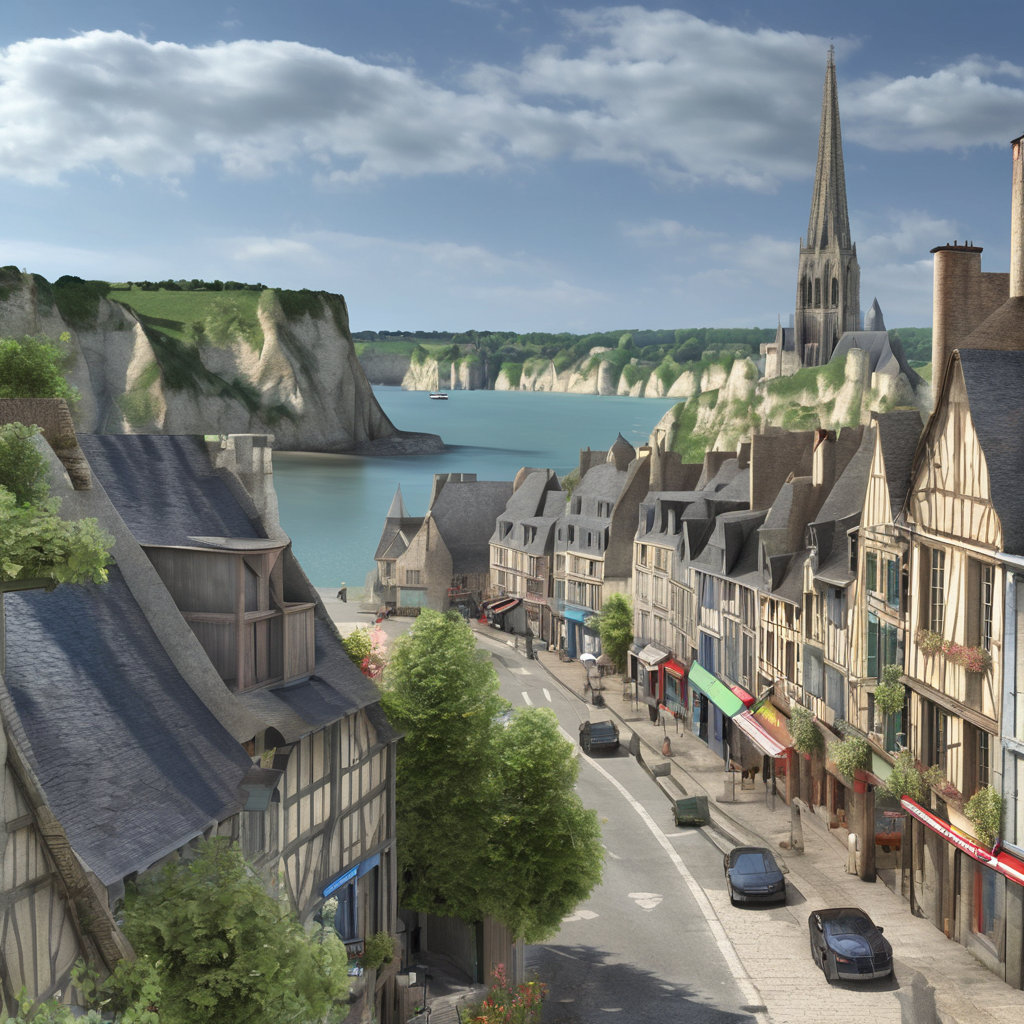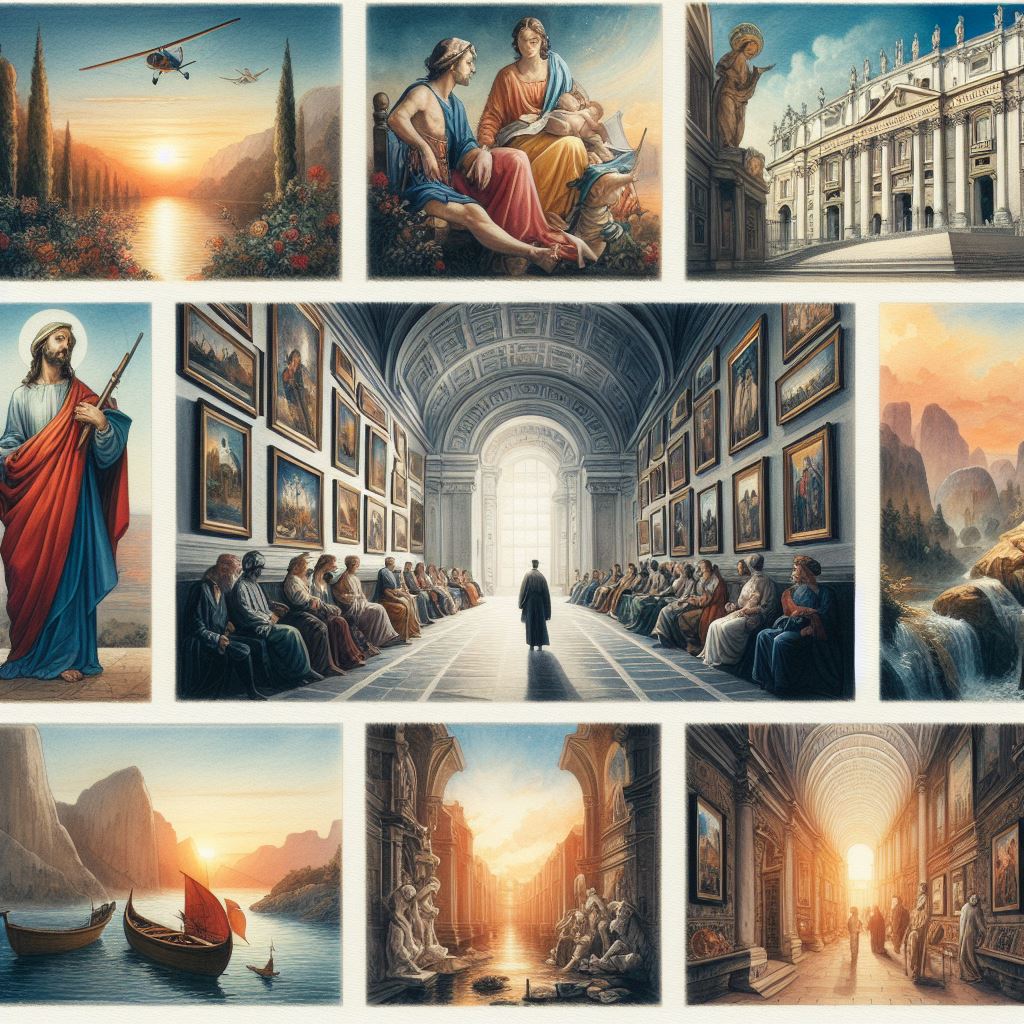
Famous paintings history reveals a captivating tapestry of human expression. From the Renaissance’s awe-inspiring frescoes to the bold strokes of modern art, these masterpieces transcend mere paint and canvas. They become windows into our shared experience, showcasing cultural moments, artistic brilliance, and themes that echo through the ages.
Throughout history, famous paintings have transcended their creators’ lifetimes, becoming tangible manifestations of the human spirit, preserving glimpses of bygone eras, and inspiring countless artistic movements. In this exploration of the history of famous paintings, we will delve into the enduring legacies of these timeless treasures, tracing their evolution from the Renaissance to the present day.
Renaissance Masterpieces: The Birth of Artistic Genius
The Renaissance era, spanning the 14th to 17th centuries, marked a profound rebirth of art, culture, and intellectual pursuits. During this period, the world witnessed the emergence of artistic geniuses whose masterpieces would forever change the course of art history.
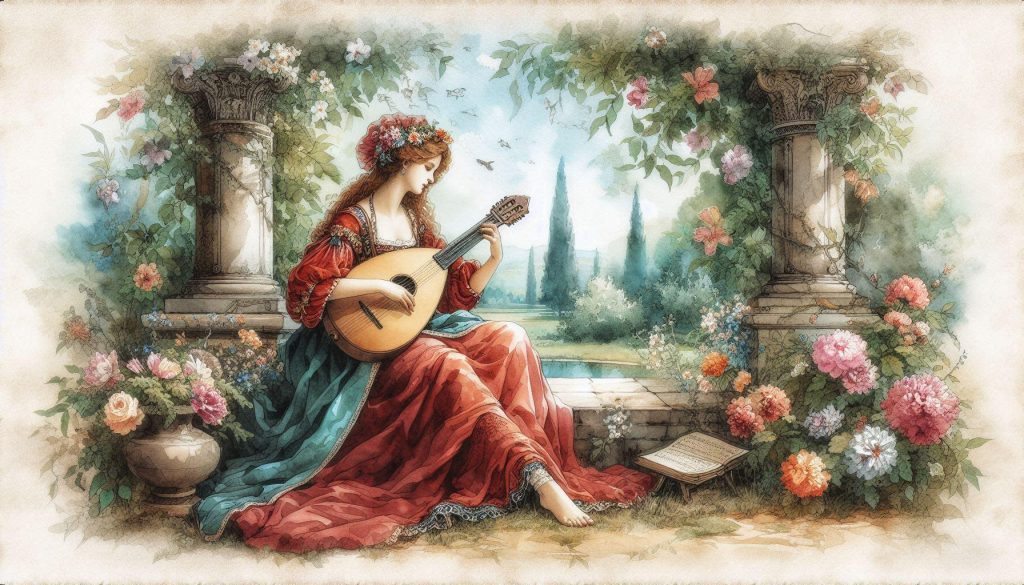
Leonardo da Vinci: The Ultimate Renaissance Man
Among the most celebrated figures of the Renaissance was Leonardo da Vinci, a true polymath whose insatiable curiosity and boundless creativity left an indelible mark on the world. His masterpiece, the Mona Lisa, remains one of the most famous paintings in history, captivating viewers with its enigmatic smile and pioneering techniques, such as sfumato (the subtle blending of tones) and chiaroscuro (the interplay of light and shadow).
Michelangelo: The Sculptor-Painter of the Sistine Chapel
Michelangelo Buonarroti, a towering figure of the Renaissance, was a master of both sculpture and painting. His frescoes adorning the Sistine Chapel ceiling, including the iconic “Creation of Adam,” are a testament to his unparalleled artistic vision and technical mastery. Michelangelo’s ability to breathe life into biblical narratives through his brushstrokes solidified his place among the greatest artists of all time.
Raphael: The Master of Harmonious Composition
Raphael Sanzio, a prodigy of the High Renaissance, was renowned for his harmonious compositions and the grace and beauty he infused into his works. His masterpiece, “The School of Athens,” a fresco depicting ancient Greek philosophers, is a triumph of perspective, symbolism, and artistic synthesis, showcasing Raphael’s unique ability to blend classical ideals with Christian themes.
These Renaissance masters laid the foundation for the enduring legacy of famous paintings, ushering in an era of artistic innovation, technical mastery, and profound cultural impact that would reverberate throughout the ages.
Impressionist Marvels: Capturing the Beauty of Light and Color
As the world transitioned from the grandeur of the Renaissance to the dawn of the modern era, a new artistic movement emerged, challenging the conventions of traditional painting and capturing the ephemeral beauty of everyday life. The Impressionist painters revolutionized the art world with their innovative techniques and their pursuit of capturing the fleeting effects of light and color.
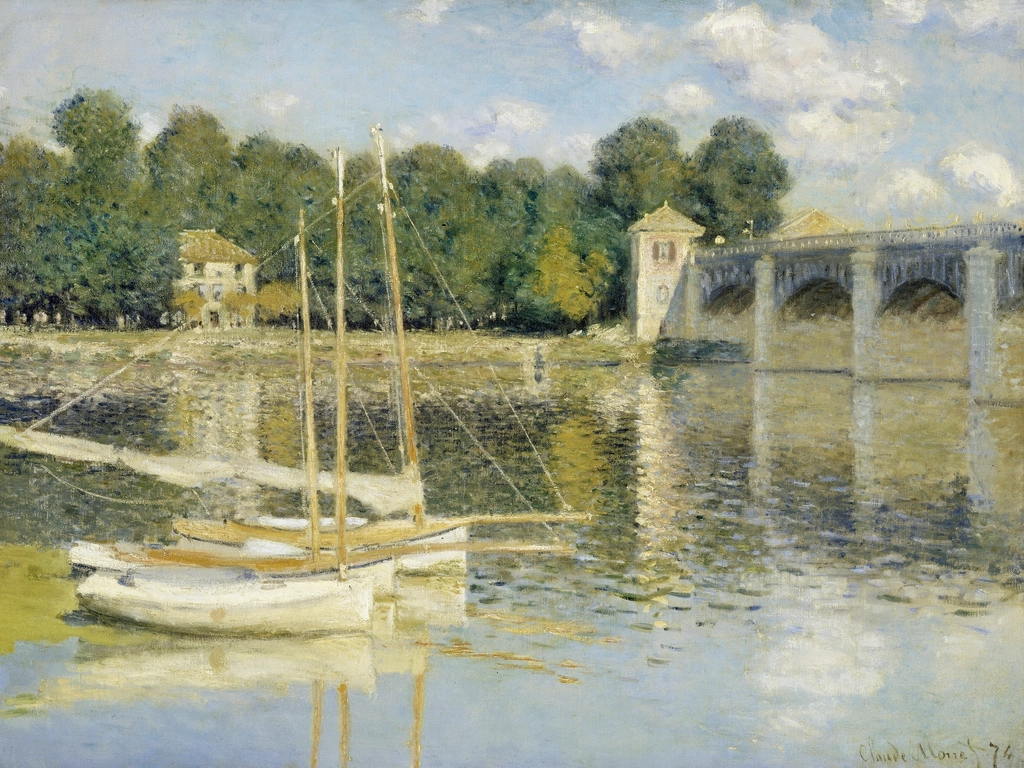
Claude Monet: The Father of Impressionism
Claude Monet, the pioneering force behind the Impressionist movement, was a master of capturing the transient beauty of nature through his vibrant brushstrokes and daring use of color. His iconic series, such as “Haystacks” and “Water Lilies,” exemplifies the Impressionist philosophy of capturing the ever-changing play of light and atmospheric conditions on the canvas.
Pierre-Auguste Renoir: The Celebrant of Joyous Living
Pierre-Auguste Renoir’s paintings exude a sense of joy and celebration, depicting scenes of leisure, love, and the simple pleasures of everyday life. His masterpieces, like “Dance at Le Moulin de la Galette” and “Luncheon of the Boating Party,” capture the essence of the Parisian joie de vivre, inviting viewers to bask in the warmth and vibrancy of his brushstrokes.
Camille Pissarro: The Urban Impressionist
Camille Pissarro, often referred to as the “dean of the Impressionist painters,” brought the Impressionist vision to the urban landscape. His paintings, such as “Boulevard Montmartre” and “The Boulevard Montmartre on a Winter Morning,” offer a glimpse into the bustling streets of Paris, capturing the ephemeral moments of city life with a deft touch and an eye for the interplay of light and shadow.
The Impressionist movement not only revolutionized the way we perceive and depict the world but also paved the way for future artistic movements, inspiring generations of artists to embrace new perspectives and push the boundaries of creative expression.
Modern Masterpieces: Pushing the Boundaries of Artistic Expression
As the 20th century dawned, the art world witnessed a seismic shift in artistic expression, with daring pioneers challenging the conventions of traditional painting and pushing the boundaries of what was considered art. The modern era ushered in a kaleidoscope of styles, movements, and philosophies, each leaving an indelible mark on the history of famous paintings.
Pablo Picasso: The Cubist Revolutionist
At the forefront of this artistic revolution was Pablo Picasso, the Spanish maverick who shattered the traditional notions of representation with his groundbreaking Cubist style. Picasso’s masterpiece, “Guernica,” a powerful anti-war statement, remains one of the most iconic and influential paintings of the 20th century. Its fragmented forms, distorted figures, and raw emotional intensity continue to captivate and challenge viewers, cementing Picasso’s legacy as a true visionary.
Salvador Dalí: The Master of Surrealism
Salvador Dalí, the flamboyant Spanish artist, was the face of the Surrealist movement, a style that sought to channel the subconscious mind and explore the realms of dreams and fantasies. His most famous painting, “The Persistence of Memory,” with its melting clocks and desolate landscapes, has become a quintessential symbol of the Surrealist aesthetic, inviting viewers to delve into the enigmatic depths of their own imaginations.
Jackson Pollock: The Pioneer of Abstract Expressionism
In the United States, the Abstract Expressionist movement took the art world by storm, with Jackson Pollock leading the charge. Pollock’s revolutionary “drip paintings,” such as “No. 5, 1948,” challenged the traditional notion of canvas and brush, as he poured and dripped paint onto vast canvases, creating intricate and dynamic compositions that embodied the raw energy and emotional intensity of the post-war era.
These modern masters dared to challenge the status quo, pushing the boundaries of artistic expression and leaving an indelible mark on the history of famous paintings. Their bold innovations and fearless experimentation continue to inspire and provoke generations of artists and art enthusiasts alike.
Video: Famous Paintings History: 100 to View
The Enduring Legacy: Why Famous Paintings Remain Timeless
Despite the ever-evolving artistic landscape, certain famous paintings have transcended time and cultural boundaries, captivating audiences across generations. The enduring legacy of these timeless treasures can be attributed to several factors:
- Technical Mastery: Many famous paintings showcase the artists’ unparalleled technical skills, from the precise brushstrokes of the Renaissance masters to the innovative techniques of the Impressionists and modern artists. This mastery of craft continues to awe and inspire viewers, serving as a testament to human creativity and skill.
- Emotional Resonance: Great art has the power to evoke profound emotions and connect with the human experience on a visceral level. Famous paintings that resonate emotionally, whether through their subject matter, composition, or emotional intensity, can touch the hearts and souls of viewers, transcending cultural and temporal barriers.
- Cultural Significance: Many famous paintings have become emblematic of specific cultural movements, historical events, or societal shifts. These works serve as visual records of humanity’s collective experiences, offering insights into the zeitgeist of their respective eras and serving as powerful symbols of cultural identity.
Here’s a table highlighting a few famous paintings and their enduring legacies:
| Painting | Artist | Enduring Legacy |
|---|---|---|
| Mona Lisa | Leonardo da Vinci | Mysterious smile, sfumato technique, embodiment of Renaissance ideals |
| The Starry Night | Vincent van Gogh | Iconic Post-Impressionist style, emotional intensity, representation of the artist’s inner turmoil |
| Guernica | Pablo Picasso | Anti-war symbol, Cubist innovation, powerful political statement |
| The Scream | Edvard Munch | Expression of existential angst, iconic Expressionist work, emotionally resonant |
| American Gothic | Grant Wood | Satirical portrayal of rural American life, quintessential Americana |
The enduring legacy of famous paintings lies in their ability to transcend time and inspire generation after generation, serving as a testament to the boundless creativity and cultural significance of artistic expression throughout history.
Preserving the Legacy: The Role of Museums and Galleries
To ensure the enduring legacy of famous paintings, institutions such as museums and galleries play a vital role in preserving, exhibiting, and promoting these artistic treasures. These cultural hubs not only safeguard the physical works but also foster appreciation, education, and discourse around the artistic achievements of the past.
World-Renowned Museums and Their Iconic Collections
Art enthusiasts from around the globe flock to renowned museums to witness famous paintings in person. Some of the most celebrated institutions and their iconic collections include:
- The Louvre, Paris: Home to Leonardo da Vinci’s “Mona Lisa” and other Renaissance masterpieces.
- The Metropolitan Museum of Art, New York: Boasting an extensive collection spanning 5,000 years of art, including works by Monet, Renoir, and van Gogh.
- The Uffizi Gallery, Florence: Showcasing an unparalleled collection of Italian Renaissance art, including Botticelli’s “The Birth of Venus.”
- The Museo del Prado, Madrid: Featuring an impressive array of Spanish masters, such as Velázquez, Goya, and El Greco.
- The Hermitage Museum, St. Petersburg: Housing an extensive collection of Western European art, including Rembrandt’s famous portraits.
These museums not only preserve and display famous paintings but also offer educational programs, exhibitions, and immersive experiences, ensuring that the legacy of these masterpieces continues to inspire and captivate future generations.
The Rise of Digital Platforms and Virtual Experiences
In the digital age, museums and galleries have embraced technology to enhance accessibility and engage wider audiences. Virtual tours, online exhibitions, and high-resolution digital reproductions have made it possible for art enthusiasts worldwide to appreciate famous paintings without physically visiting the institutions.
Online platforms like Google Arts & Culture and museum websites now offer a wealth of information, multimedia content, and interactive experiences, allowing viewers to delve deeper into the stories behind famous paintings and gain a greater appreciation for their historical and cultural significance.
Famous Paintings in Popular Culture
The enduring appeal of famous paintings extends far beyond the walls of museums and galleries. These iconic works have permeated popular culture, becoming familiar motifs in various forms of media, from literature and film to advertising and fashion.
Artistic Inspiration and Reinterpretations
Famous paintings have served as inspiration for countless artistic reinterpretations and tributes across various mediums. From literary works that explore the stories behind iconic paintings to contemporary artists reinterpreting classic works through their unique lenses, the influence of famous paintings continues to shape and inspire modern artistic expression.
Pop Culture References and Iconic Imagery
Iconic paintings have also found their way into popular culture, appearing in movies, TV shows, advertisements, and even on clothing and accessories. The instantly recognizable imagery of works like “The Scream” by Edvard Munch or Andy Warhol’s pop art renditions of famous portraits has become part of our collective cultural lexicon, transcending the realms of traditional art appreciation.
Fostering Artistic Appreciation and Accessibility
The prevalence of famous paintings in popular culture has played a vital role in fostering artistic appreciation and accessibility. By integrating these iconic works into various forms of media, they become more familiar and relatable, sparking curiosity and encouraging individuals to explore and engage with the rich history and cultural significance behind these masterpieces.
As the world continues to evolve, the enduring legacy of famous paintings remains a testament to the enduring power of art to captivate, inspire, and unite humanity across generations and cultures.
Famous Paintings History: Fostering Cross-Cultural Collaborations and Dialogue
In an increasingly interconnected world, the enduring legacy of famous paintings has the potential to foster cross-cultural collaborations and dialogue. International exhibitions, cultural exchanges, and collaborative restoration projects can facilitate the sharing of artistic knowledge, conservation techniques, and diverse perspectives, enriching our collective understanding and appreciation of these iconic works.
By embracing innovation and prioritizing accessibility, the art world can ensure that the enduring legacy of famous paintings continues to inspire, educate, and captivate audiences for generations to come, transcending geographical, cultural, and generational boundaries.


